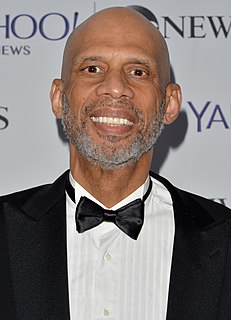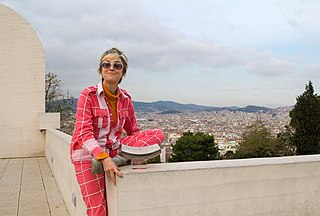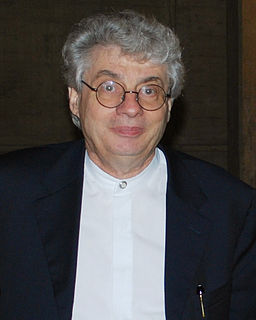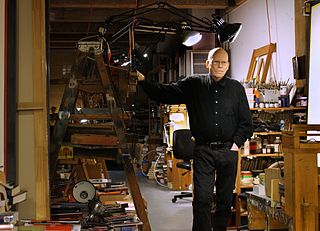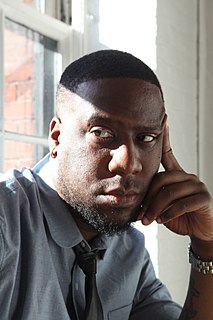A Quote by Bjarke Ingels
When I started studying architecture, people would say, you know, 'Can you tell me why are all modern buildings so boring?' Because, like, people had this idea that in the good old days, architecture had, like, ornament and little towers and spires and gargoyles, and today, it just becomes very practical.
Related Quotes
My high school had been a renovated old hospital, so when I first came to the UCLA campus in the spring of 1965, I was immediately impressed by the classic northern Italian architecture that was mixed with futuristic ultra-modern buildings. The classic architecture gave it the heft of old wisdom while the modernistic look inspired hope for the future.
I'm afraid what we are building today will not have the same impact and sustainability of the architecture of a 100, 500 or 1,000 years ago. The buildings of those days were miracles. We don't perform such miracles today. So we should be a little more modest. For my part, I'll be glad to show one of my buildings one day to my grandchildren and say: I'm proud of that.
I realized that the way I approached architecture was with a somewhat fashion brain. That didn't get me very good marks in school, because everyone thought fashion was lightweight. In architecture they say, "Well, why is the door pink? Where does it go? What does the pink mean? What does it symbolize? All the other doors are beige, why is that one pink?" I was like, "Well, it's pink because it's pretty."
I want to try to come away from that one directional, clear rectangular form. It's not used because it's the most beautiful form; it's just the practical thing. That's why our TVs are rectangles. Even in modern architecture, they want us to believe, "That's the nicest, most beautiful thing." I love modern architecture, but actually it's that they cannot afford amorphous shapes or ornaments.
We didn't tell anyone we had gotten signed, because people can freak out a little. But we started working with writers. I remember that I missed three to four days of school every single week, and people were, like, 'Where are you?', but I couldn't say anything, because we'd talked about keeping it to ourselves.
The 'International Style of Modernism' came with the advent of building services. In the end, the architecture became like a container space, essentially like a boring box with a basement full of machinery to make it inhabitable. As a result, buildings literally started to look identical all over the planet.
I'm fine," I told him tersely. "Of course you are. You're one of the strongest people I know." It took me a second to process that, because he'd said it so casually. Like he was talking about the weather or what time it was. Only Pritkin didn't say things like that. His idea of a compliment was a nod and to tell me to do whatever it was I'd just done over again. Like that was usually possible. But that had sounded suspiciously like a compliment to me.
Architecture is art. I don't think you should say that too much, but it is art. I mean, architecture is many, many things. Architecture is science, is technology, is geography, is typography, is anthropology, is sociology, is art, is history. You know all this comes together. Architecture is a kind of bouillabaisse, an incredible bouillabaisse. And, by the way, architecture is also a very polluted art in the sense that it's polluted by life, and by the complexity of things.
For the most part, 99 percent of jazz is boring; you've heard it before. People aren't doing anything creative that's extremely modern. They tend to always be like "Let's do a tribute to Miles Davis!" All the new albums are tributes to history. It becomes too much at a certain point, it leaves us waving like "Hello? I'm alive, I'm here!" You know? So I really do feel like it needs some spice, it needs to be relevant to today's times, today's people, today's sound.

